Nowadays, any company that is on the Internet must have a good visual communication to improve its digital marketing strategy. For this reason, a series of design tools and their main functionalities must be known.
Design is fundamental to any digital strategy. It is important that the company uses creative elements to differentiate itself from the competition and attract the desired audience, for this, it is essential to have the best design tools.
A company’s brand must have its own design that identifies it. This will be achieved through the design of a unique logo, the correct choice of corporate colours and the design of content published on the company’s different social networks.
Why is a good web design necessary?
Broadly speaking, the main objectives of website design are: good aesthetics and offering the best user experience. Generally, web design aims to create a simple and perfectly explained design to cover these two objectives.
A simple and intuitive structure, a good visualisation of the pages, a fast and safe navigation, a relevant and pleasant content, will make a website stand out from the competition.
Even so, a good web design does not guarantee the success of a business. To achieve the objectives set by the company, strategies must be developed based on market research on the target audience to create content that can be used by users.
Web design helps to increase the number of users that can visit the website and make a purchase on it. An attractive web design tends to attract the attention of potential customers and increase the number of website users.
Top tools for web designers
Adobe Color
Adobe Color is a very useful platform for defining brand colours and shades. With this free tool, you can achieve various colour combinations, according to the colour rules elaborated by professionals in the sector.
Adobe Illustrator and Photoshop
Among the computer programmes for the creation and editing of digital images, the most popular in the field of graphic design and advertising are Photoshop and Illustrator.
These two basic web design tools are owned by the American company Adobe. Photoshop is used for image processing, while Illustrator is more suitable for drawing or illustrating.
Crello
This is an online design tool with a fairly simple and intuitive interface. It is an ideal choice for professional creation without design skills.
In this web design tool you can find a wide variety of formats and editable templates to create animations and graphics for social networks and websites.
Canva
It is one of the preferred tools for non-professional designers, as Canva is easy to use and versatile, it is one of the most economical solutions for creating graphic content.
Figma
Figma is another unique online design programme, which allows you to collaborate with other users to achieve your creativity.
Genially
Genially is a very easy to use tool, as it can be used to design interactive resources, such as: presentations, infographics, archives, video presentations, games, maps, CVs, etc.
The platform has a free version which offers several templates and tools, although the Genial.ly logo cannot be downloaded or removed, as well as several paid versions that can be adjusted according to the needs of each user.
Gravit Designer
This is a free cross-platform application, which can be used for vector illustration, web design and photo editing. This is a very simple, intuitive and flexible tool.
InVision Studio
One of the preferred tools for creating responsive websites. This web design tool has an intuitive interface that allows the web designer to make the necessary changes to a website quickly and easily.
ProofHub
ProofHub is an essential tool to prove that a website design is functional and 100% effective. Thanks to this tool, you can verify the website design on different levels before choosing the final design.
In addition to managing all tasks related to website design, such as editing certain elements.

